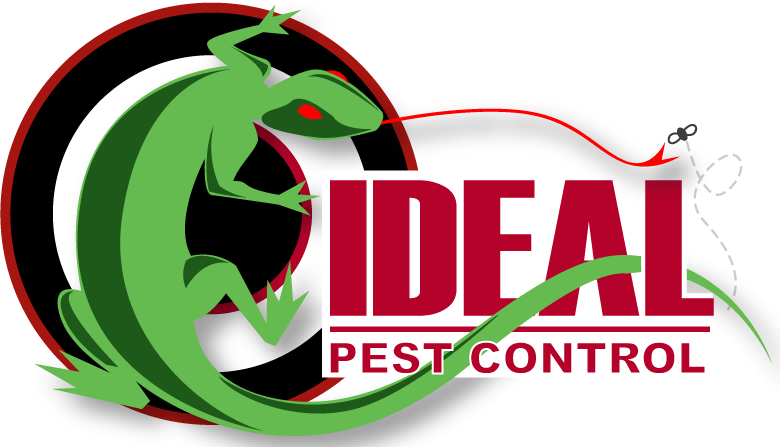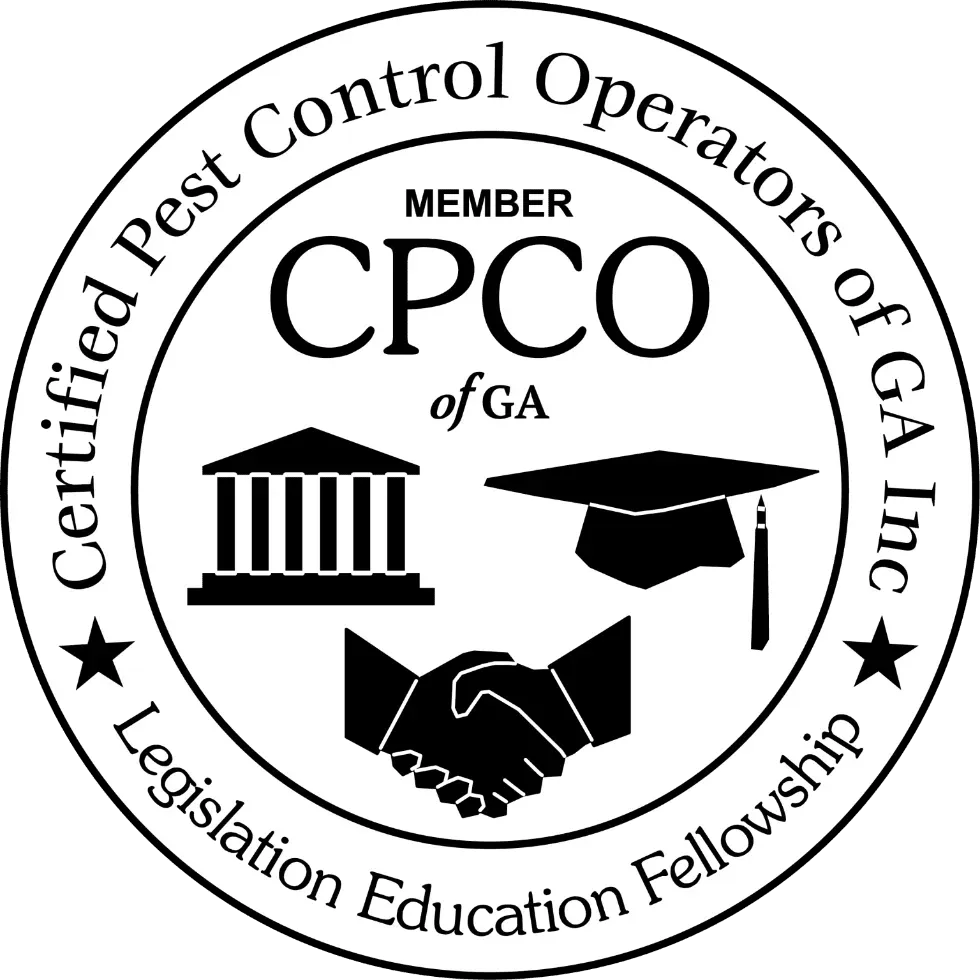Squirrels are easy to admire when they’re chasing each other through trees or stuffing their cheeks with acorns. But the charm wears off quickly when they move into your attic, chew through wires, or set up camp inside your business. Despite their small size and playful appearance, squirrels can cause an enormous amount of damage once they decide your property is a good place to call home. And unlike some pests that hide quietly in the shadows, squirrels make their presence known through noise, gnawing, and sometimes, very real structural destruction.
What makes squirrels especially problematic is how adaptable they are. They’re expert climbers, persistent problem solvers, and they don’t need much of an opening to squeeze inside. Once they’re in, they’re not shy about making your space their own. That includes nesting in insulation, tearing through ductwork, and chewing on just about anything in their way—from wood and drywall to wiring and pipes. If that weren’t enough, their droppings and nesting materials can contribute to poor air quality, not to mention potential health concerns.
Understanding Squirrel Behavior Indoors
Squirrels typically enter buildings looking for warmth, food, or a place to nest. In residential areas, attics and crawl spaces make prime real estate, especially during colder months or nesting season. In commercial settings—like warehouses, storage buildings, and even offices—they can squeeze into roof gaps, vent openings, or damaged soffits. And once they’re in, they can be very difficult to evict without professional intervention.
Their behavior indoors differs from what you'd see outside. Indoors, squirrels don’t just scurry around—they dig into insulation, gnaw constantly to wear down their ever-growing teeth, and stash food in hidden corners. They might rip apart soft materials for bedding or damage stored goods. In commercial buildings, they can interfere with electrical systems or security wiring. In homes, they can be even more destructive, particularly when they get between walls or into ductwork.
The noise they make—often mistaken for raccoons or even burglars—tends to be most noticeable at dawn and dusk, when squirrels are naturally most active. But by the time you hear them, they’ve probably already done significant damage. It's not uncommon for infestations to go unnoticed until insulation is shredded or power outages begin to hint at chewed wires behind the scenes.
The Risks You Can’t See
While the physical damage squirrels cause is frustrating on its own, the hidden risks are often more serious. One of the biggest concerns is electrical fires. When squirrels chew through wiring, they strip the protective insulation and expose bare wires. Over time, this can lead to shorts, sparks, or even flames, especially in older homes or commercial structures with outdated systems. This type of damage doesn’t typically get noticed until it’s already a hazard.
There’s also the issue of contamination. Squirrels aren’t clean animals, and once they’ve taken up residence, they leave behind droppings, urine, and nesting debris—often in hard-to-reach areas like air ducts, ceiling tiles, or behind walls. This mess can affect indoor air quality and may carry parasites or pathogens. In a commercial setting, especially where cleanliness is critical—like restaurants or storage facilities—this type of contamination isn’t just inconvenient; it could put business operations at risk.
And then there’s the long-term impact. Over time, repeated squirrel activity can weaken wooden beams, degrade insulation, and result in ongoing maintenance issues. Even after the animals are gone, their scent trails and nesting materials can attract other pests looking for a ready-made shelter.
Why Calling Professionals Is Crucial
Dealing with squirrels requires more than just sealing a hole or making loud noises to scare them off. These animals are persistent, and if one entry point gets blocked, they’re likely to find—or make—another. That’s why professional pest control is so crucial when squirrels invade your property.
A targeted approach looks beyond the obvious signs of activity. It involves inspecting potential access points, identifying attractants, and addressing the full scope of the problem—not just the squirrel you saw dart into your attic. In commercial spaces, the stakes are even higher. A squirrel problem could interfere with equipment, affect client perception, or result in code violations depending on the industry.
Expert technicians can recognize early signs, find less visible damage, and implement solutions that prevent repeat infestations. That might include reinforcing weak areas of the building, addressing conditions that are drawing animals in, and using methods designed to disrupt behavior patterns so squirrels are less likely to return.
Effective squirrel control doesn’t just get rid of what’s there—it makes the entire property less appealing to future intruders. That’s especially important for businesses or homeowners who’ve dealt with repeat visits or have neighboring trees and utility lines that act like squirrel highways straight to the roof.
If you suspect squirrels are making themselves at home in your attic, office, or warehouse, the time to act is now—before the chewing, contamination, and hidden hazards grow into something worse. At Ideal Pest Control, we help residential and commercial clients get control of squirrel infestations using effective strategies tailored to each property. Whether you're already dealing with a full-blown issue or just starting to hear scratching overhead, contact us today to schedule a consultation or learn more about your options. The sooner you act, the easier it is to prevent lasting damage—and we’re here to help you do exactly that.
Frequently Asked Questions About Squirrels
Q1. How do squirrels get into homes if they seem to live in trees?
A1. Squirrels are incredible climbers and acrobats, which makes your home’s roofline and upper exterior an easy target. They often enter through small gaps in soffits, fascia boards, attic vents, or even by chewing through weakened areas around chimneys and roof edges. Once inside, they’ll use your attic as a nest, especially during colder months or when raising young. What seems like innocent outdoor activity can quickly turn into an indoor invasion.
Q2. Why are squirrels in the attic more dangerous than people think?
A2. Squirrels may look harmless, but they can cause major structural and electrical issues. Their constant chewing helps keep their ever-growing teeth in check—unfortunately, that includes gnawing on wood, insulation, and even electrical wiring, which significantly raises the risk of fire. They also contaminate insulation with droppings and urine, which can impact indoor air quality. Left unchecked, a squirrel infestation can become both a health hazard and a financial burden.
Q3. Can noise alone confirm a squirrel problem, or are there other signs to watch for?
A3. Hearing scratching or scurrying in the ceiling is a strong indicator, especially during early morning or dusk when squirrels are most active. However, other signs include shredded insulation, chewed entry points, and a distinct ammonia-like smell from their waste. You might also notice squirrel activity around your roof or gutters. It’s best not to rely solely on sound—multiple indicators often point to a larger, hidden issue that needs addressing without delay.



